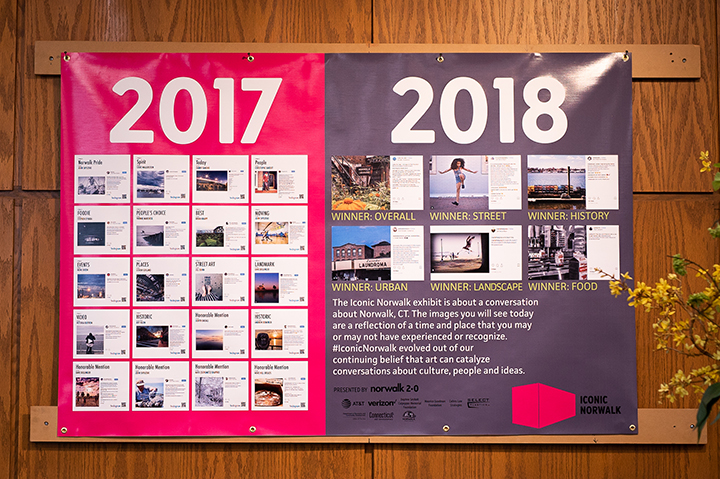In the latest issue of American City & County, there is a great article about how government can engage the community it serves. Norwalk has taken some steps but clearly lacks a plan on how to get there. I’ve excerpted the start below:
This article appeared in the February 2012 issue with the title, “City Hall 2.0.”
Access to government drives engagement. The more opportunities residents have to participate in civic activities and discussions, and the more channels available through which they may participate, the better connected they will be to their government agencies and representatives.
A well-run, city or county contact center can centralize customer service and offer residents a variety of channels to communicate with their government, including live agent, Web, Interactive Voice Response (IVR), mobile and social media. Those technologies are not only being used by big and affluent jurisdictions. Thanks to open source software, interoperability and portability, mapping and location-based services, low-cost mobile and no-cost social media, all shapes and sizes of local government can expand access to people, data and services.
Multi-channel contact centers generate citizen engagement by matching technology tools to community demographics and popular devices. Engagement in a community may be boosted through free mobile apps, wireless public kiosks or grant-funded public computers at libraries and senior centers.
Recent elections have demonstrated the power and communication value of new media technologies. The reach of text messages and social media postings can be compounded by a variety of community networks when residents forward information to friends, families and co-workers.
Mobile applications are becoming the most rapidly adopted technology in history and are increasingly important in providing access to the Internet. Mobile phone applications can extend outreach to groups that may be difficult to contact, including visually impaired people and those who are hearing impaired. In fact, low-income residents and minorities are twice as likely to use a mobile phone than a desktop computer, according to recent Nielsen data.
Data and customer feedback from mobile applications and other new media technologies can help drive change and improvement in government operations. Cities and counties can use data from multi-channel contact centers to identify high complaint areas, specific needs for workload and resource allocation, trends in business processes, customer communication requirements, and government effectiveness and timeliness in addressing problems.
For example, if 40 people in a neighborhood complain about a wastewater problem, that data can be used to target resources for capital improvements and to possibly garner votes for a bond program. At the same time, data that identifies two people who called 20 times each may not represent a real problem.
A number of local governments are actively engaging residents through their multi-channel contact centers. The “311 Action Center – We’re On It” in Kansas City, Mo., functions as residents’ central point of contact for city services. The call center receives about 450,000 calls per year, and 49 percent of residents used 311 services last year. After the city upgraded its integrated online service request application in 2009, usage doubled. The city recently launched KCStat, a data-driven, citizen-participation initiative to improve city services, beginning with the highest complaint areas. A related effort, KCMOmentum, uses a social media framework to generate ideas from the community and online discussions.
Boston’s multi-channel contact center handles 94.9 percent of the more than 260,000 annual calls to the city and, in 2011, answered 98.65 percent of calls within 30 seconds. The city also engages residents using social media and a new live online chat service, so they can become the “eyes and ears” of the city. Through “Citizen Connect,” residents report problems and submit service requests to the call center, online and through mobile phones, using a downloadable smartphone application with texting or tweeting.



